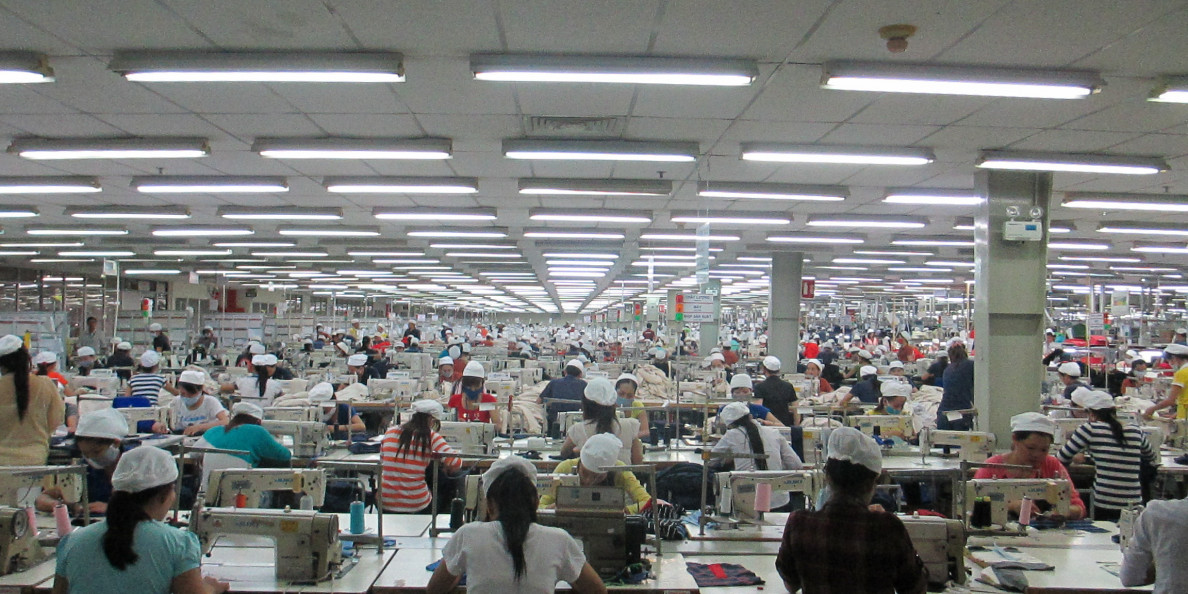Growth in cotton imports by Vietnam, the world’s second-largest buyer of the fibre, will slow to a seven-year low next season, undermined by a slowdown in investment in the country’s spinning sector.
The US Department of Agriculture bureau in Hanoi, in its first forecast for Vietnamese cotton imports in 2018-19, on an August-to-July basis, pegged them at 6.65m bales.
That would represent a record high, beating the 6.33m bales the bureau forecasts for this season – a figure in fact below the USDA’s own forecast, of 6.70m bales.
However, the bureau’s data imply growth in imports of just 5.0% year on year, a figure which would be the weakest since 2011-12, as the industry struggled amid the aftermath of the world economic crisis.
In the five years to 2016-17, annual growth in Vietnamese cotton imports averaged 28%, making the country indeed the second-ranked buyer, behind only Bangladesh.
Investment slowdown
The “lower growth” rate expected for next season was attributed to factors including a broader market slowdown, with the USDA’s “outlook on world cotton consumption in 2018-19 is relatively flat at 2%,” the bureau said.
The USDA in February, at its annual Outlook forum, pegged world cotton consumption next season at 122.9m bales, a rise indeed of 2.0% on its data at the time.
However, the bureau also flagged that “recently, there have not been any large investments in the spinning sector”, after spending which has lifted the number of spindles to 7.50m as of last year, from 6.0m in 2013.
Yarn production last year, at 2.05m tonnes, was pegged at nearly three times the 720,000 tonnes seen in 2013.
Trade deal implications
Furthermore, the bureau said that the withdrawal by the US from the Trans-Pacific Partnership agreement would be a setback represented a setback to prospects for Vietnam’s spinning sector, although the revised trade deal, called CPTPP, will “offer an opportunity for Vietnam’s textile and garment industry to grow in the coming years.
“When CPTPP enters into force, Vietnam’s garment and textile industry expects to benefit through increased export revenue, especially to Canada, Mexico, and Peru, the three CPTPP members with which Vietnam does not yet have a free trade agreement.”
The bureau flagged expectations of a 20% rise to $5bn in Vietnamese textile and garment exports to CPTPP countries in 2018, a factor which “could help the industry maintain its 10% export growth in 2018” to all nations.
‘Tough competition’
The bureau forecast Vietnam’s overall cotton consumption in 2018-19 at 6.56m bales, growth of 6.6% year on year on its data.
The country’s cotton demand, and import requirement, is of importance in particular to exporters in the US, the major origin for Vietnamese purchases for nearly a decade.
The bureau forecast the US share of Vietnamese cotton imports at 51% this season, a little down from the 54% in 2016-17, thanks to “tough competition from other major cotton suppliers”.
The US share of imports in 2018-19 was seen returning to 54%.


